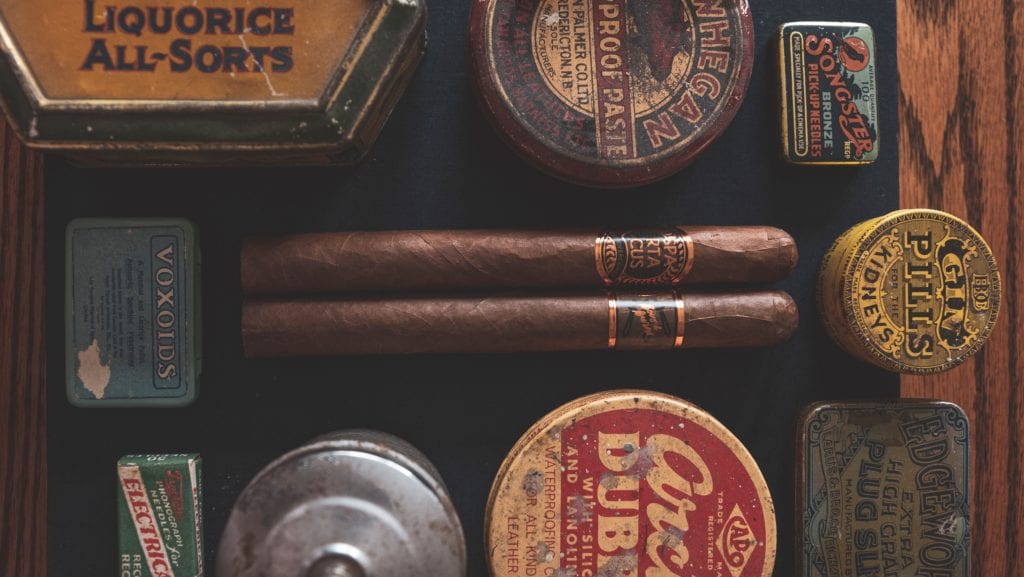Tobacco
Shedding Light on Confusing RYO Tobacco and Cigar Industry Terms
In this blog post we will talk about some terms used to describe common tobacco products and hopefully help you understand how to distinguish between one product from another. As the terms used by some manufacturers are not always as descriptive as they could be and in some cases somewhat confusing.
Filtered cigars are not the same as a manufactured cigar and they are dramatically different from plain vanilla cigarettes. The loose tobacco used in filtered cigars and the actual construction (manufacturing) of the product is dissimilar from cigarettes: cigarettes are just processed tobacco that is wrapped in basic paper tubes, a filtered cigars use filler tobacco that is then wrapped with a tobacco wrapper like a premium cigar.
- A good example of a filtered cigars is a product like a Cheyenne Filtered cigars. These are flavored cigars (berry, vanilla, cherry, peach, menthol, grape); or, you can purchase a traditional tasting cigar.
- Most filtered cigars are smaller than a traditional cigar and can be smoked much faster as a result.
- The vast majority of filtered cigars consist of air-cured or fermented tobaccos which have a much stronger taste and lower sugar content than a cigarette.
- Filtered cigars are primarily alkaline and are either wrapped in natural leaf, or a wrapper consisting of at least 2/3 tobacco by weight, as required by the federal government.
- Cigarettes consist primarily of flue-cured tobaccos, are primarily acidic, have a higher sugar content and are wrapped in paper that burns evenly. They are very different products and don’t let the terms confuse you.
- Cigarilos are typically made without filters and are meant to be smoked like a cigar and not inhaled.
- In Europe a a cigarillo is known as a “seven minute cigar” and are considered a viable alternative to a much larger cigar that takes more time to smoke.
- A cigarillo possesses a brown color and a cigarette is white. The tobacco in a cigarette is twisted with white paper while the tobacco in a cigar or cigarillo is generally wrapped in a tobacco leaf or special brown tobacco-based material.
- Cigarillos are a natural tobacco product, while cigarettes are not so much “natural” in a traditional sense of the word. But, “natural” is of course open to interpretation too.
- An Auger style cigarette rolling machine uses a simple spring that rotates, located at the bottom of the tobacco hopper. You operate it by sliding a cigarette tube on the sleeve and then turn the machine on. The tobacco is transferred into the tube as the auger spring rotates.
- Most electric rolling machines use an auger and have a setting for density and feed. The only downside to this machine is the auger spring can at times cut up the tobacco a bit too fine when the tobacco is packed into the tube, resulting in your tobacco not staying in the cigarette tube caused by a cut that is too fine. But. this is easy to fix by adjusting the machine.
- Spoon fed machines have a long half circle spoon that’s approximately 2-4 inches in lenght, just about the same width as the cigarette. The spoon sits at the very bottom of the tobacco chamber and it slides the tobacco into the cigarette tube as the machine is engaged and you can find this style of machine “feed” in electric and manual rolling machines. The construction is very popular, durable and lends itself well to any type of cigarette rolling machine, manual or electric.
- But fast forward to today and you’ll find the quality of machine made cigars have improved dramatically. That’s not to say machine made cigars are on par with high end premium cigars; but, whether or not you choose one versus the other, the choice is somewhat economic driven.
- Again, the primary distinction between these two products is the manufacturing process. Premium cigars are made manually on cigar at a time by people who have been trained in the process and/or have many years of experience.
- What constitutes a Cuban cigar is now a bit open to question as manufacturers rush to source Cuban tobacco and then use it in a cigar that may not be 100% made in Cuba. The best advice we can give you is caveat emptor – buy premium cigars (Cuban or otherwise) from a reputable source like Windy City Cigars (we have been in biz for ten years) and you won’t get ripped off or misled by cigar manufacturers who may be a bit fast and loose with the terms.
- Many think Cuban cigars have dropped in quality in the last 25 years and if you look at Cigar Aficionados most recent best of list you’ll find only three Cuban cigars on the list.


